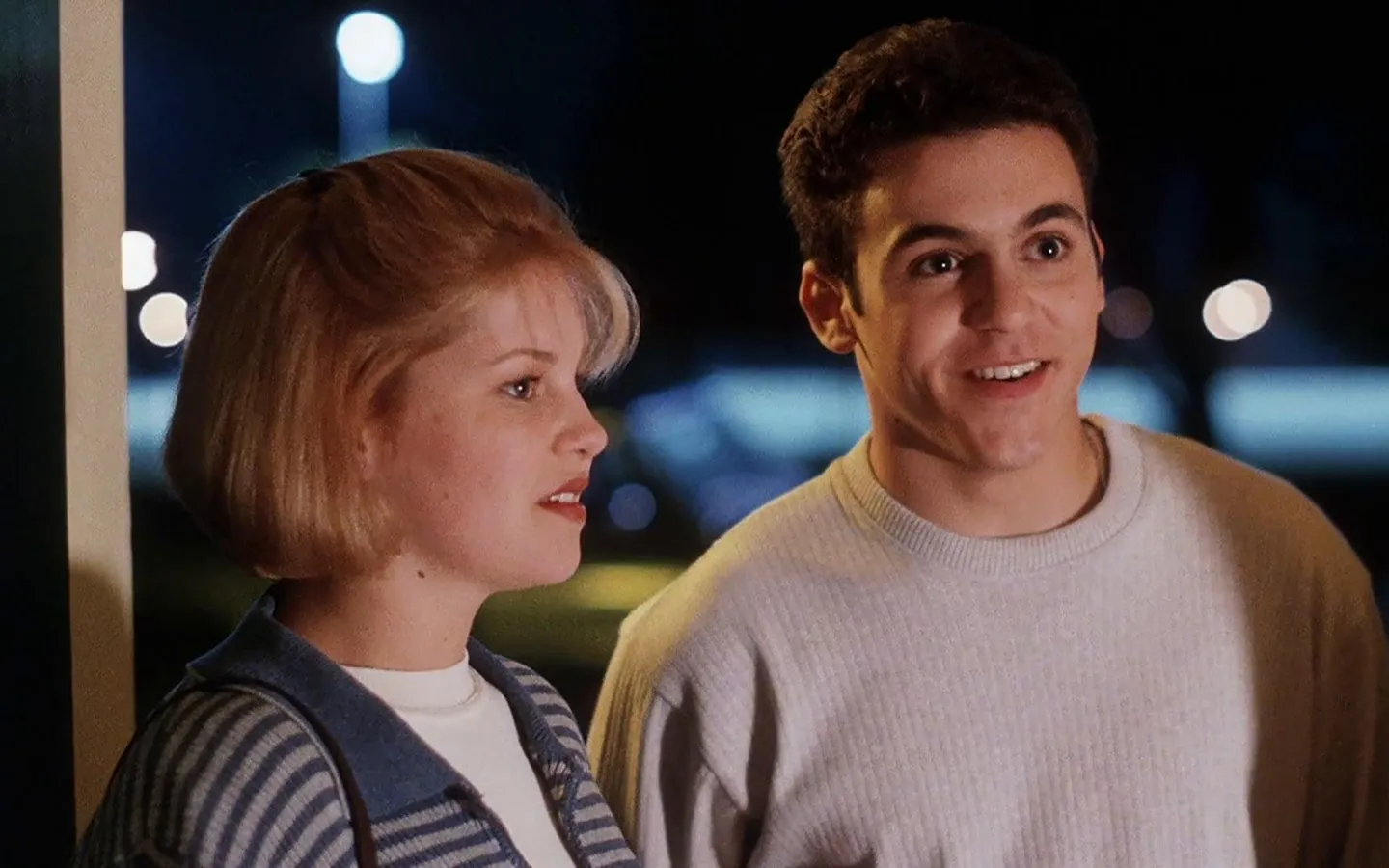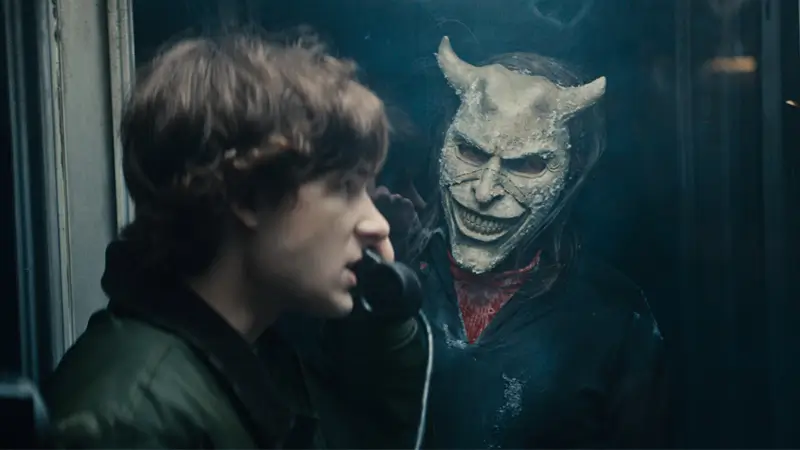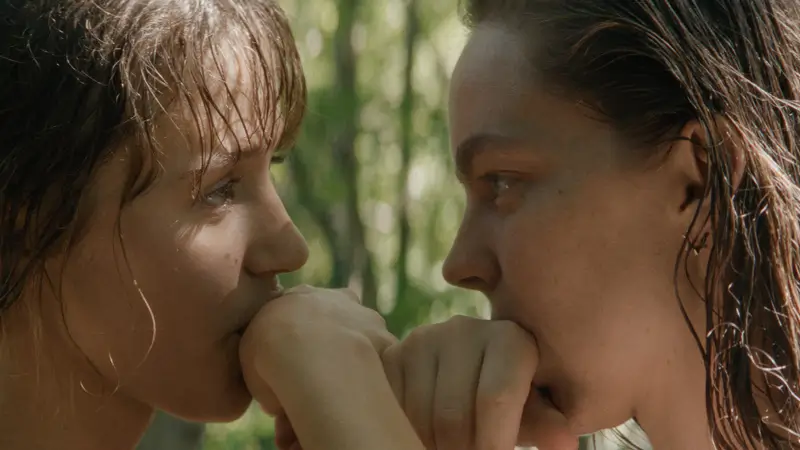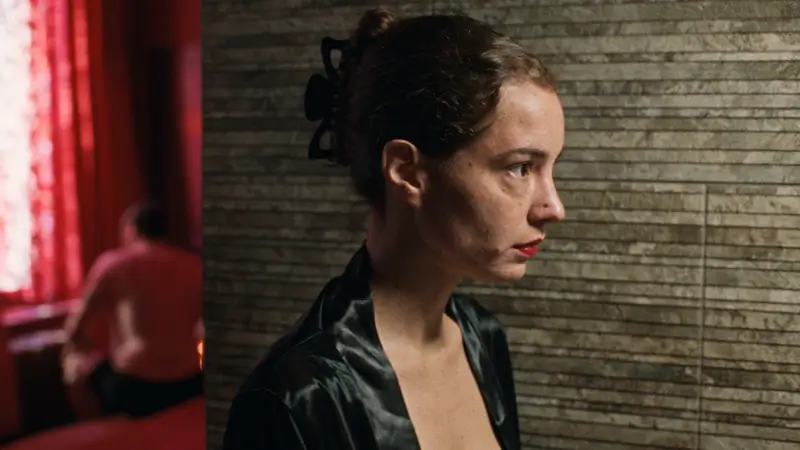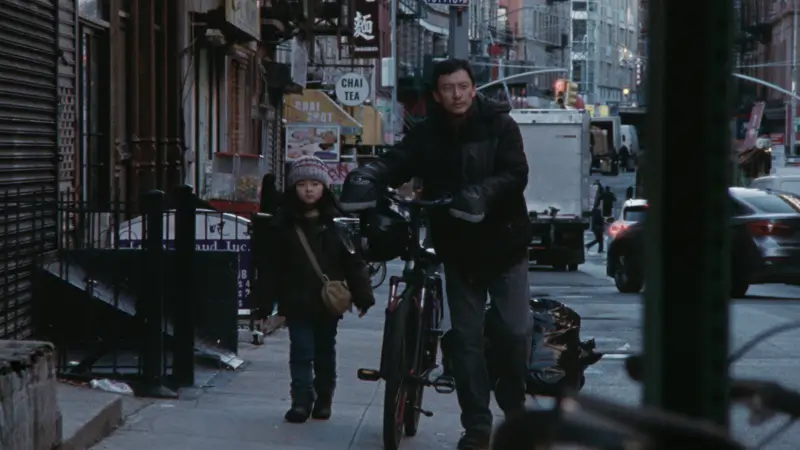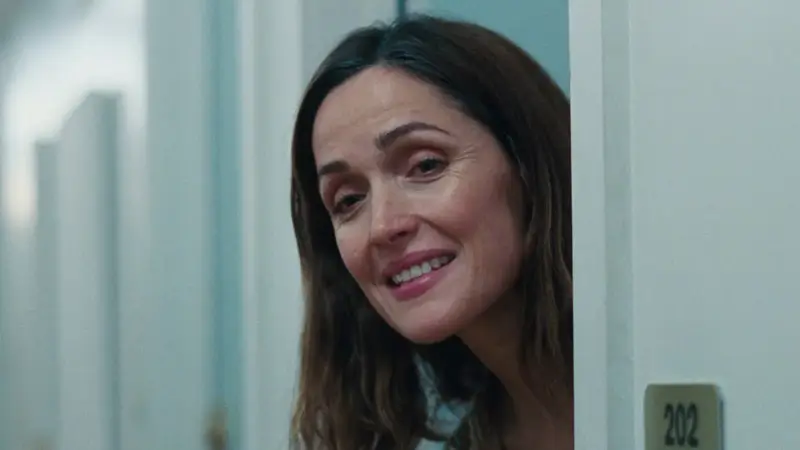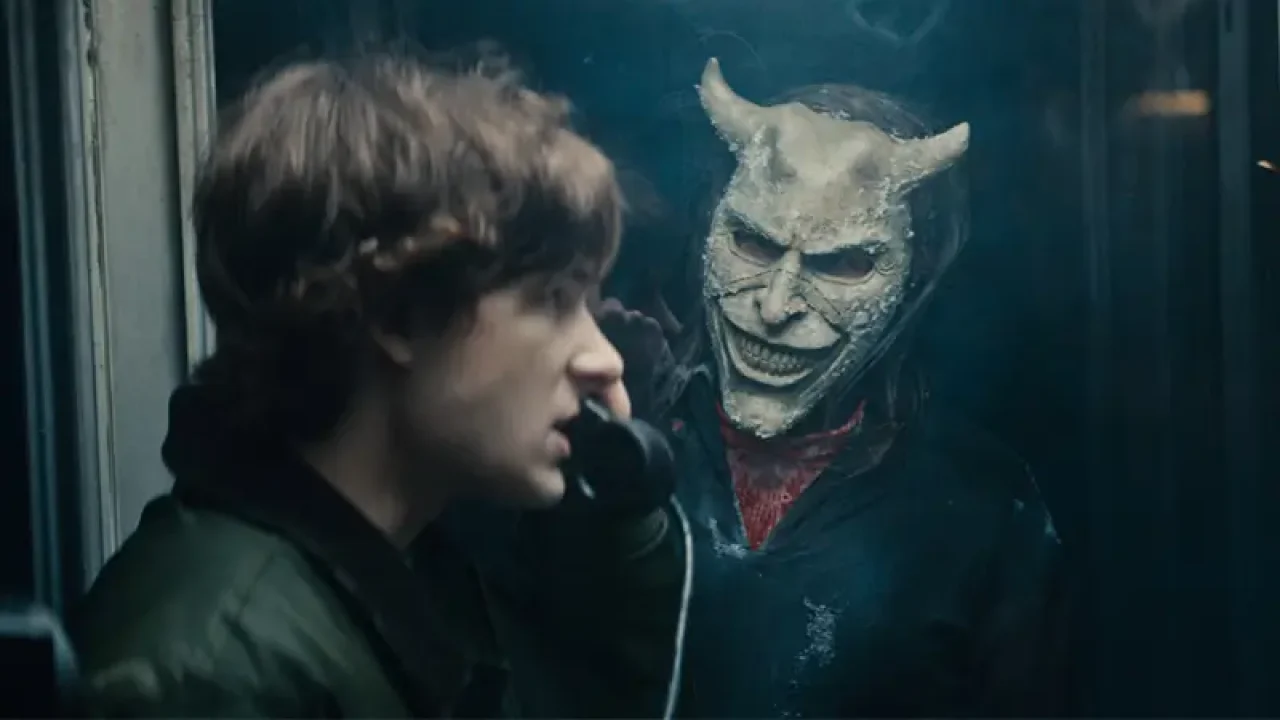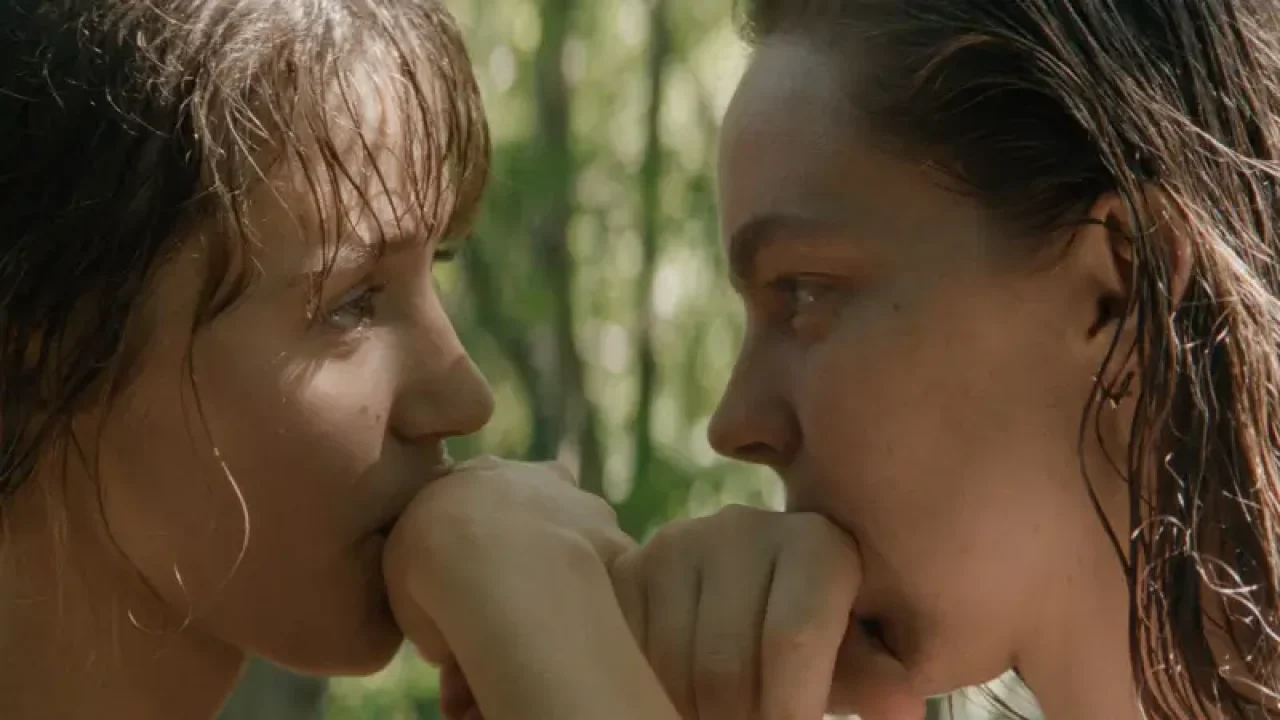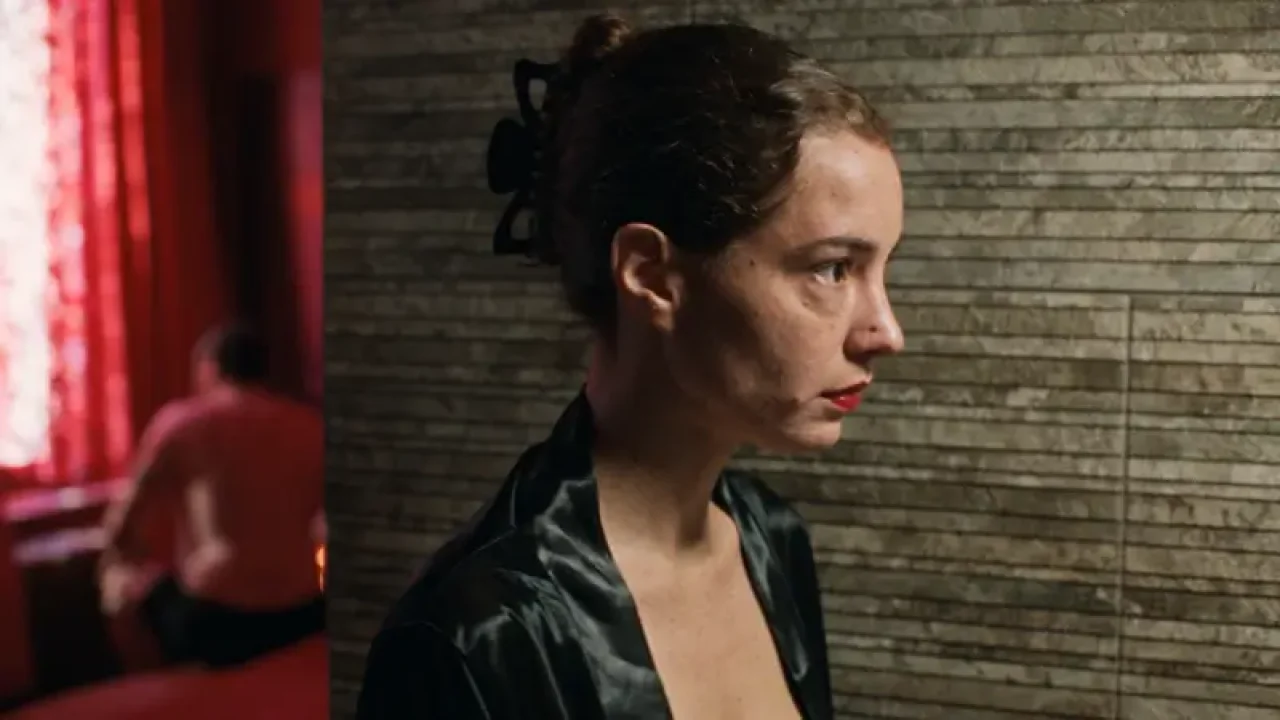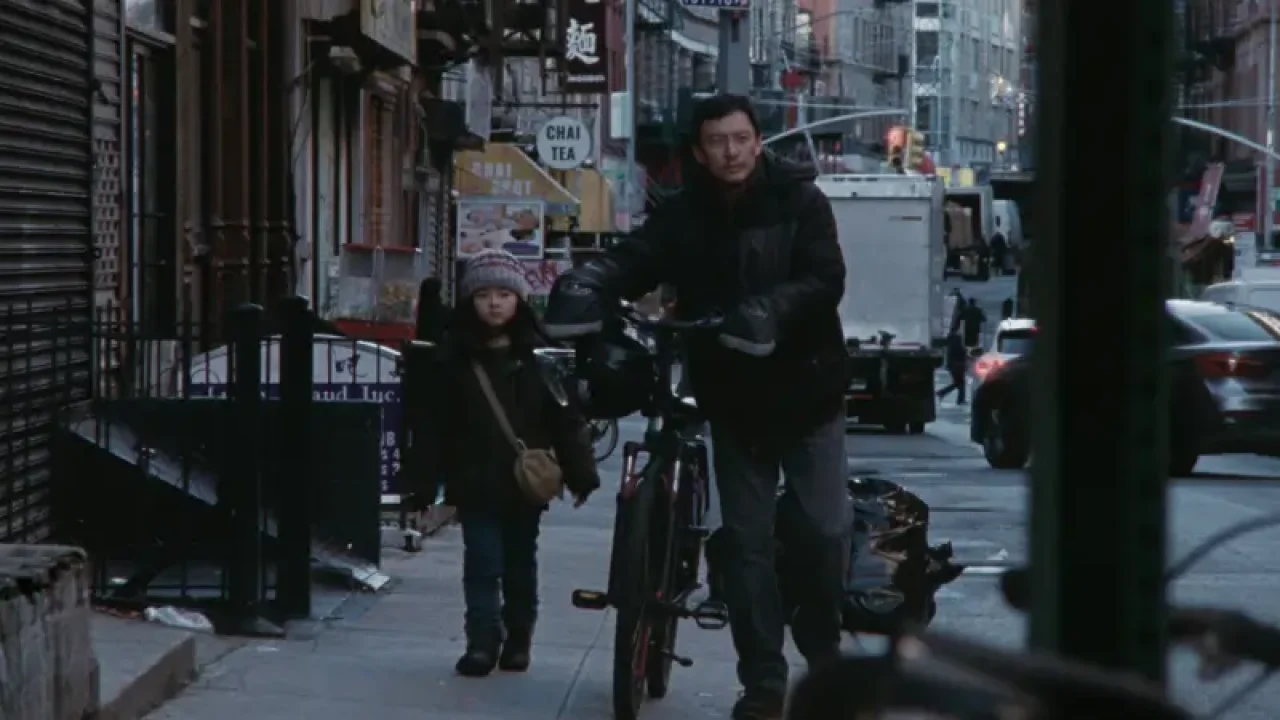The 2000s were a golden era for children’s television, offering a diverse range of shows that left an indelible mark on the childhoods of many.
From animated adventures to live-action comedies, these programs captivated young audiences with their imaginative storytelling, relatable characters, and innovative themes.
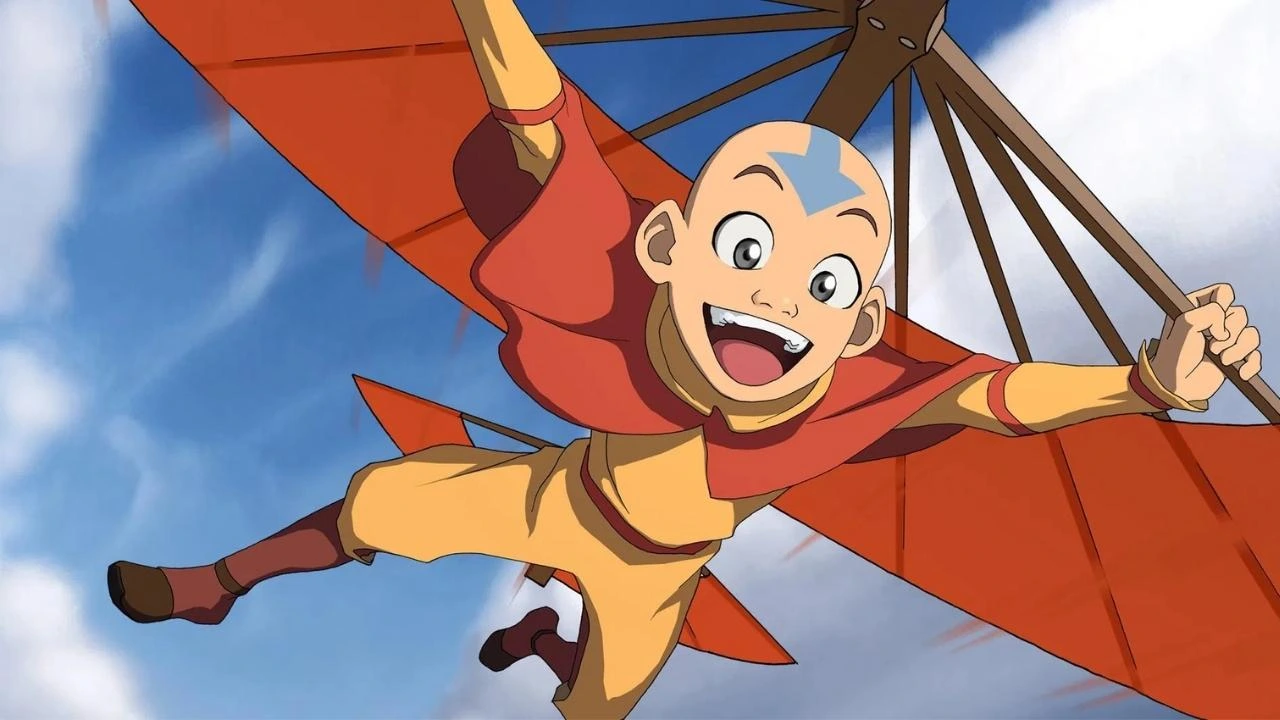
Beyond entertainment, they often blended humor with life lessons, fostering creativity and curiosity in their viewers.
In this article, we’ll take a nostalgic journey through the world of 2000s kids shows, exploring their cultural impact and why they remain cherished by generations today. Good reading!
What was popular for kids in the early 2000s?
In the early 2000s, several children’s shows were incredibly popular and helped shape the decade’s pop culture for kids.
Blue’s Clues: An interactive show where the host, Steve (later replaced by Joe), solved puzzles with the help of his animated dog Blue.
Rolie Polie Olie: A 3D animated series about a robot family and their adventures.
PB&J Otter: A show focusing on three otter siblings and their adventures in Lake Hoohaw.
Clifford the Big Red Dog: Based on the popular children’s books, this series followed the adventures of a giant red dog and his owner Emily Elizabeth.
George Shrinks: A show about a boy who shrinks to the size of an insect and explores the world from a new perspective.
The Backyardigans: An animated series featuring animal friends who go on imaginative adventures in their backyard.
SpongeBob SquarePants: Although it started in the late 1990s, it gained immense popularity in the early 2000s.
The best 2000s kids shows
The 2000s were a golden era for kids’ television, offering a mix of animated and live-action series that captivated young audiences and left a lasting cultural impact.
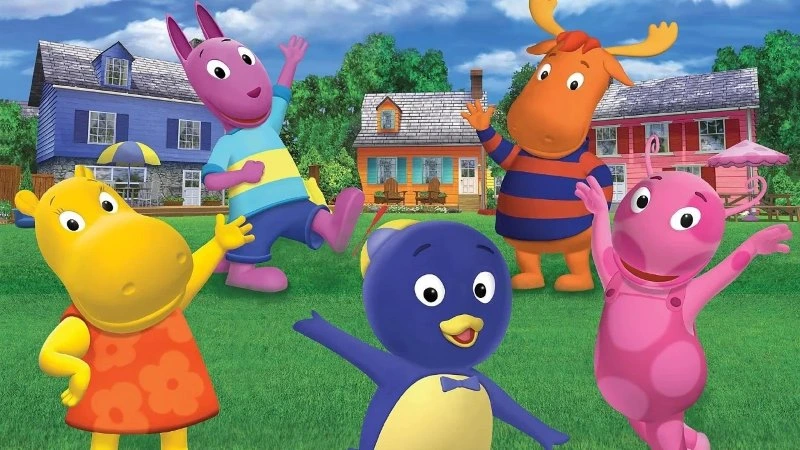
Avatar: The Last Airbender: A groundbreaking animated series that combined epic storytelling, complex characters, and themes of friendship and redemption.
Codename: Kids Next Door: A fun espionage-themed series about kids fighting adult tyranny in imaginative ways.
Foster’s Home for Imaginary Friends: A creative show about a foster home for imaginary friends, blending humor and heartwarming moments.
The Weekenders: A feel-good series about four friends navigating weekend adventures.
What’s New, Scooby-Doo?: A modern take on the classic mystery-solving gang that continued to entertain new generations.
Even Stevens: A family sitcom focusing on the hilarious sibling rivalry between Ren and Louis Stevens, starring Shia LaBeouf.
Lizzie McGuire: A relatable coming-of-age show about middle school life, starring Hilary Duff.
The Suite Life of Zack & Cody: A comedic series about twins living in a hotel, featuring mischief and heartfelt lessons.
Hannah Montana: A mega-hit about a teenager living a double life as an ordinary girl and a pop star.
Ben 10: An action-packed animated series about a boy with the ability to transform into various aliens using a special watch.
American Dragon: Jake Long: A unique show blending teenage life with magical dragon transformations.
Sagwa, the Chinese Siamese Cat: An educational animated series exploring Chinese culture through the adventures of a cat.
These shows not only entertained but also shaped childhoods with their memorable characters, innovative themes, and timeless appeal. Many remain beloved today, often revisited by nostalgic fans.
Entertainment, learning, captivating stories and memorable characters
Children’s shows from the 2000s uniquely combined entertainment, learning, captivating stories, and memorable characters through creative approaches that resonated with young audiences.
Shows like Dragon Tales and Cyberchase on PBS Kids seamlessly integrated educational content into engaging narratives. Dragon Tales taught lessons about friendship and problem-solving through magical adventures, while Cyberchase introduced math concepts in action-packed plots, fostering both learning and fun.
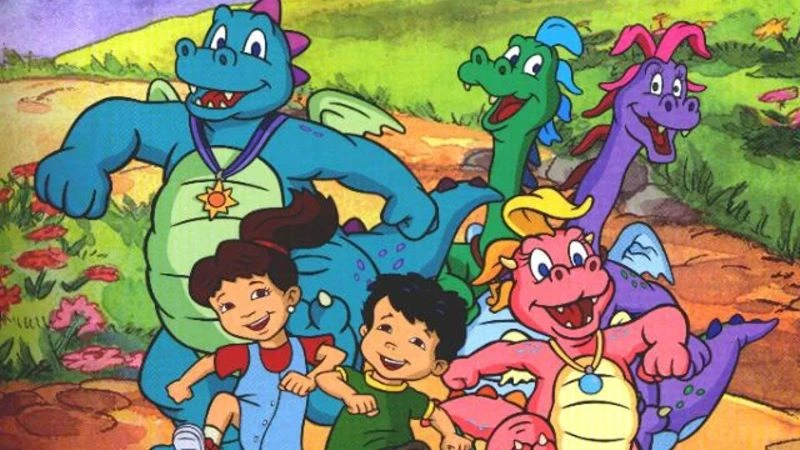
Long-running programs like Sesame Street continued their tradition of using lovable characters to teach foundational skills like counting, literacy, and social values, ensuring learning felt natural and enjoyable.
Animated series such as Avatar: The Last Airbender stood out for their epic storytelling, deep character development, and themes of courage and redemption. These elements kept kids invested in the narrative while subtly imparting life lessons.
Shows like The Weekenders offered relatable, slice-of-life adventures that reflected the everyday experiences of young viewers, making their stories both entertaining and meaningful.
Iconic characters like SpongeBob from SpongeBob SquarePants, Bloo from Foster’s Home for Imaginary Friends, and Elmo from Sesame Street became cultural staples due to their humor, relatability, and distinctive personalities. These characters helped children connect emotionally to the shows while leaving a lasting impression.
Programs like The Proud Family explored family dynamics and cultural diversity, offering representation while entertaining with humor and heartwarming moments.
Action-packed series such as Ben 10 introduced imaginative concepts like alien transformations, sparking creativity in young minds while delivering thrilling adventures. By combining these elements, 2000s kids’ shows managed to educate, entertain, and inspire generations in ways that remain fondly remembered today.
Influences on children’s pop culture at the time
Kids’ shows from the 2000s had a profound influence on children’s pop culture at the time, shaping trends, values, and entertainment preferences. Animated series like Avatar: The Last Airbender and SpongeBob SquarePants introduced imaginative worlds and quirky humor that inspired creativity in children. These shows encouraged kids to think outside the box while delivering entertaining and relatable stories.
Shows such as The Proud Family broke ground by showcasing diverse characters and addressing cultural themes. This representation helped normalize diversity in media and fostered inclusivity among young viewers.
Characters from live-action series like Lizzie McGuire and That’s So Raven became style icons for kids, influencing fashion trends with their unique wardrobes. These shows made self-expression through clothing a key part of youth culture.
The 2000s saw a rise in sitcoms centered on extraordinary premises, such as Hannah Montana (a secret pop star) or Wizards of Waverly Place (teenage wizards). These formats blended fantasy with everyday life, making them relatable yet aspirational for children.
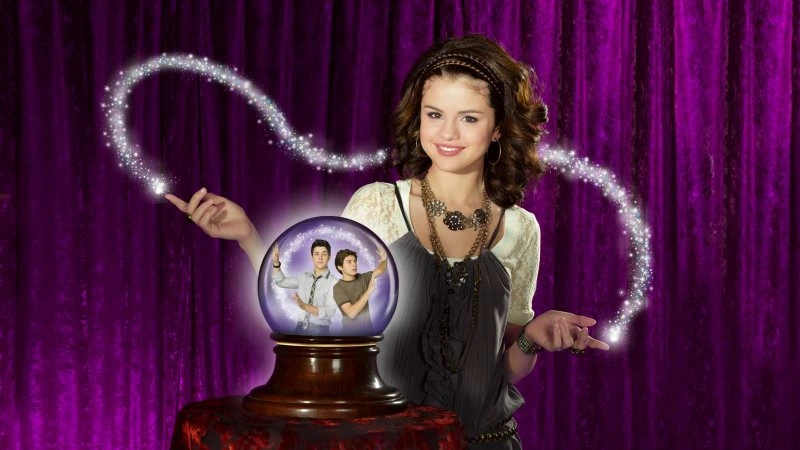
Many of these shows left a lasting legacy, with their influence extending into adulthood for those who grew up watching them. Streaming platforms have since revived interest in these programs, allowing younger generations to discover them, further solidifying their place in pop culture.
How did these productions define childhood in the 2000s?
Children’s shows from the 2000s defined childhood by creating a shared cultural experience, fostering imagination, and imparting life lessons that resonated deeply with young audiences. Shows like SpongeBob SquarePants, Dora the Explorer, and The Fairly OddParents became universal experiences for children, with their characters and catchphrases permeating playground conversations and pop culture. These programs created a sense of community among viewers, uniting kids through shared references and themes.
Animated series such as Foster’s Home for Imaginary Friends encouraged children to embrace creativity by exploring fantastical worlds and imaginary companions. Similarly, Phineas and Ferb inspired kids to think big with its inventive plots centered around grand adventures and inventions.
Disney Channel shows like Lizzie McGuire and That’s So Raven empowered children with messages of self-confidence, family values, and friendship. These programs often featured relatable characters who modeled resilience and optimism, leaving a lasting impact on young viewers.
The 2000s marked a shift toward more inclusive storytelling. Shows like The Proud Family celebrated diversity, teaching children about different cultures and perspectives while promoting acceptance.
Programs such as Dora the Explorer blended entertainment with learning, teaching kids language skills and problem-solving in an engaging format. This era saw an increased emphasis on educational content that was both fun and impactful.
How are they still remembered and appreciated today?
Children’s shows from the 2000s are still remembered and appreciated today due to their lasting cultural impact, nostalgic appeal, and continued relevance in modern media.
Many adults who grew up watching these shows fondly recall them as defining parts of their childhood. Programs like Avatar: The Last Airbender, SpongeBob SquarePants, and Disney Channel hits such as Lizzie McGuire and Hannah Montana evoke strong feelings of nostalgia, creating a sense of shared cultural identity among fans.
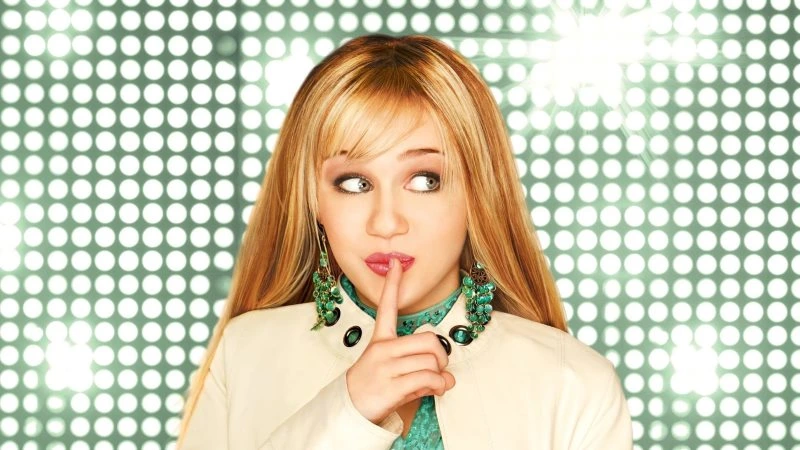
Networks and streaming platforms have capitalized on this nostalgia by reviving or rebooting popular series. For example, Disney Channel launched Raven’s Home, a sequel to That’s So Raven, and announced upcoming projects tied to classic 2000s shows. These revivals allow new generations to experience the charm of these programs while reconnecting older fans with beloved characters.
The sophisticated storylines, humor, and relatable characters of 2000s shows continue to resonate with audiences today. Shows like Avatar: The Last Airbender are praised for their depth and universal themes, while series like Kim Possible and Ben 10 remain iconic for their action-packed adventures.
These productions helped shape modern children’s television by introducing innovative animation styles, diverse representation, and compelling narratives. Their influence is evident in contemporary animated and live-action series that build on the foundations laid by 2000s programming.
Through nostalgia-driven reboots, timeless storytelling, and their cultural legacy, 2000s kids’ shows remain cherished by audiences across generations, proving their enduring appeal in pop culture today.
Conclusion
The 2000s were an unforgettable era for children’s television, offering a treasure trove of shows that entertained, educated, and shaped the childhoods of millions.
These programs combined imaginative storytelling, relatable characters, and innovative themes to create experiences that transcended mere entertainment.
From fostering creativity and teaching life lessons to promoting diversity and inclusivity, the impact of these productions continues to resonate today.
Whether through nostalgic reboots or streaming platforms, these beloved shows remain cherished by audiences across generations.
Take a walk down memory lane and explore more about the cultural legacy of these iconic productions on Filmelier!
- Read more: Top horror movies to watch with your kids


